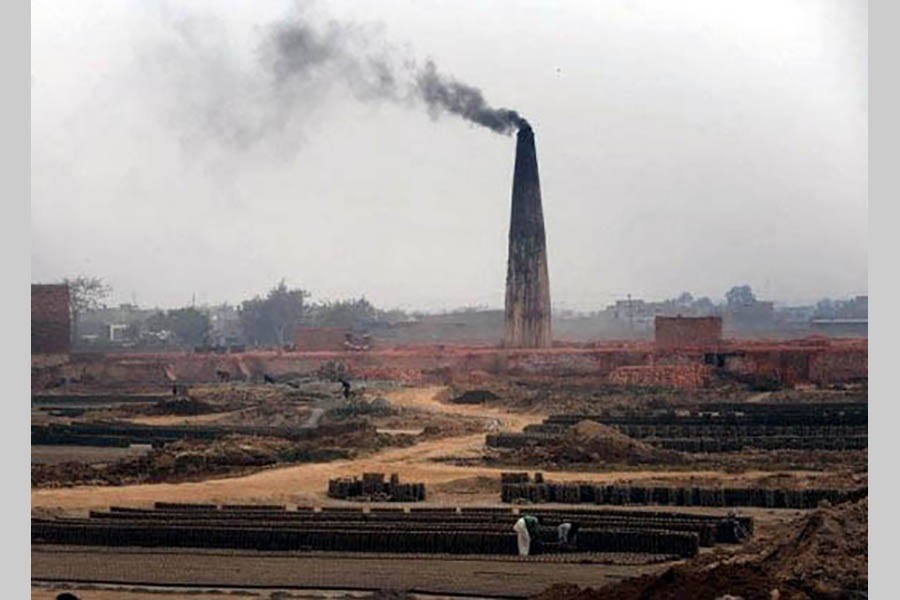The reckless purchase of topsoil from poor farmers by brick kiln owners in different parts of the country carries dreadful portents. The practice in the long run is feared to render swathes of fertile lands barren, apart from inviting environmental hazards in the nearby areas. With the cover of the organically rich topsoil gone, the bare chemical-infested soil residue washes into the adjacent water bodies resulting in scores of environment-related woes. The brunt is borne by the farmers. Forcing cropland owners to sell topsoil to brick kilns has been in place in the country for over two decades. The topsoil is widely used locally as the chief ingredient in manufacturing bricks. The practice of buying this valuable soil from croplands, especially after the Aman harvest, for kilns is now widespread. It was earlier confined to the northern region.
That the unabated removal of topsoil from agricultural plots will have a telling impact on the country's total food production does not visibly bother the desperate brick kiln owners. For their part, the average farmers are found unaware of the consequences. With pressure mounting on them, hapless farmers finally sell the topsoil. When they realise the damages they have done to their croplands, it is too late. It's almost impossible to bring fertility back to lands once it is taken away. The process of the lands' fertility loss occurs in phases. In most cases, cultivation of three crops per year plummets to a single one. At a stage like this, even higher quantities of chemical fertilisers and pesticide cannot increase crop yields. Taking the topsoil away is like robbing a land of all its nutrients and organic materials. No crop can grow without these soil components.
The collective strength of the brick kiln syndicates in the country's rural swathes has lately emerged as formidably unassailable. Even the Department of Agriculture Extension (DAE) appears to be helpless before the kiln owners, evidently backed by local influential quarters. The scenario has long taken an ominous turn in the country's northern part. Around 2,500 bighas of farmlands are said to lose their topsoil layers every year in a northern district. The soil ends up being used in the manufacture of bricks in 35 kilns in the district. This is but one instance of the virtual grabbing of the country's topsoil by errant brick kiln owners. The practice has become pervasive in many other parts of the country. Continued shrinkage of agricultural lands and their infertility pose a major threat to the country's cropping pattern. According to a World Bank (WB) study conducted a few years ago, Bangladesh has one of the lowest rates of arable land per head in the world, at about 54 hectares per 1000 people. Demographic pressure and urbanisation has caused cultivated land to shrink at a rate of 1.0 per cent a year, as the population grows 1.6 per cent annually, the study notes. The most worrying aspect of the observation is with 175 per cent usage, cropping intensity in the country has reached its limits.
Against this distressing backdrop of freestyle removal of the vital topsoil from croplands, the agricultural sector may have to brace for gloomier times. With vast swathes of arable land falling victim to the greed of unscrupulous brick kiln owners, the last nail in the coffin of the country's agriculture seems looming large. Given this stark reality, Bangladesh may have to revive its now-suspended plan for shopping agro-lands in foreign countries like South Sudan or Cambodia.


